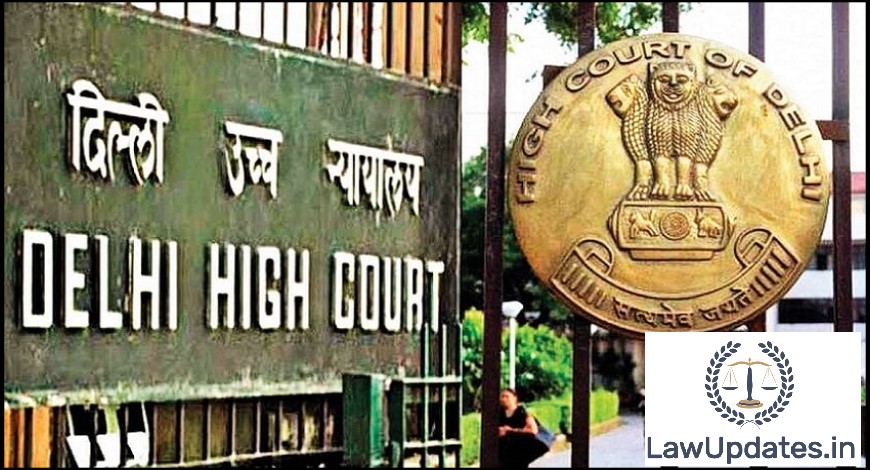The Punjab and Haryana High Court has directed that CCTV cameras should be installed in every part of police stations including interrogation rooms as per the mandate of the Supreme Court judgment in Paramvir Singh Saini v. Baljit Singh and others [Kaushal v. State of Haryana].
Justice Amol Rattan Singh held that the Supreme Court directives are clear in that no portion of a police station should be left uncovered by CCTV and interrogation room would also be naturally covered within the ambit of the top court’s order.
“Hence, with the directions issued by the Supreme Court also being to the extent that cameras be installed at not just entry and exit points and main gates of police stations, but also in all lock-ups, corridors, lobby and reception areas, verandas, out houses, rooms of officials, outside the lock-up rooms, station hall and in front of the police station compound, as also outside washrooms and toilets, the obvious implication is that no part of the police stations would be left uncovered by CCTV surveillance. Naturally therefore, any interrogation room would also be covered by such directions,” the High Court said.
The Court also said that India cannot hide behind the excuse that many other countries are far more advanced than us and therefore there can be no comparison with the methods adopted there, in interrogating accused persons here.
“We are the 5th or 6th largest economy in the world and therefore any such plea taken would only seem to be taken as an excuse to not actually adopt contemporary methods of investigation, including interrogation, rather than taking shortcuts by using third degrees methods,” the High Court underlined.
The single-Judge was hearing a plea filed by gangster Kaushal Chaudhary who alleged that human right violations were being committed against him in jail.
The petitioner sought several directions from the Court including videography of his interrogations, medical examination during investigations and appropriate security provided to him when he is taken outside jail.
In his petition, he also made several allegations of inhumane treatment being meted out to prisoners in jail and during remand.
Considering these submissions, the Court discussed the directions issued by the Supreme Court in Paramvir Singh Saini v. Baljit Singh which made the obvious implication that no part of the police stations would be left uncovered by CCTV surveillance. Thus, it was inferred that interrogation rooms would also be covered by these directions.
The Director Generals of Police (DGP), Haryana, Punjab and Chandigarh were thus, directed to file affidavits as to whether the directions of the Supreme Court were being followed.
The Haryana DGP’s argument was that there is no provision for such measures in the Code of Criminal Procedure (CrPC).
The Court, however, turned down the same reasoning that law declared by the Supreme Court would be binding as per Article 141 of the Constitution.
“Consequently and obviously, non-compliance of the directions issued by the Supreme Court in Paramvir Singh Sainis’ case, would amount to contempt of Court and this court would, naturally, also be bound to ensure that the directions issued by the Supreme Court are actually carried out at ground level by the States and Union Territory falling within the jurisdiction of this court,” the High Court said.
Justice Singh did, however, acknowledge that the police face an uphill battle while dealing with hardened criminals and their work must be highly appreciated, but under the constitutional scheme and statutory provisions, even the worst criminal cannot be denied fair procedure.
The Court, therefore, said that the Supreme Court judgment has to be complied with, and listed the case for further hearing on February 9.
Senior Advocate Bipan Ghai with Advocate Paras Talwar appeared for the petitioner. Additional Public Prosecutor Rajeev Anand, AAG Manreet Singh Nagra and AAG Neeraj Poswal represented the Respondents.
Read Order here:
Source Link




